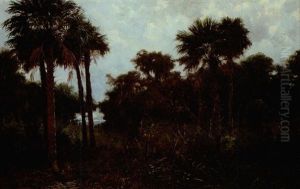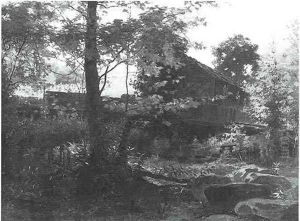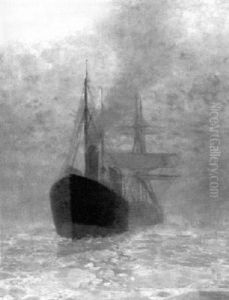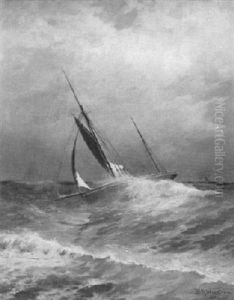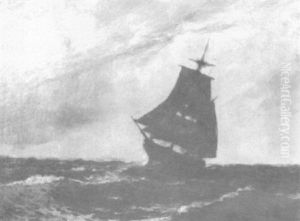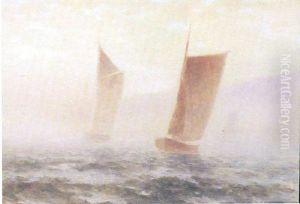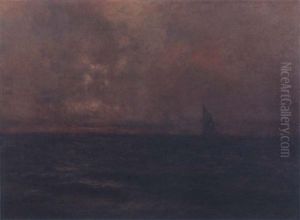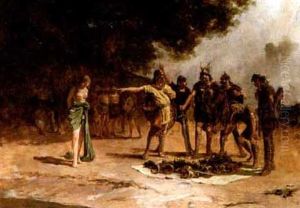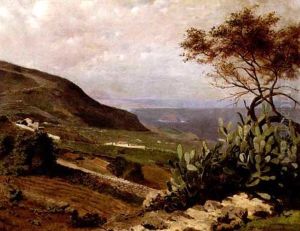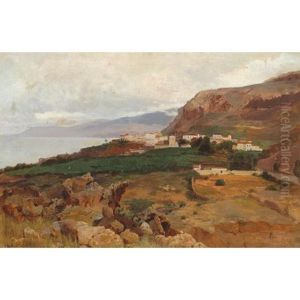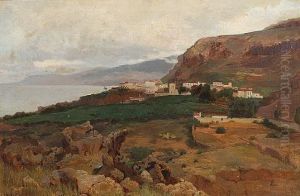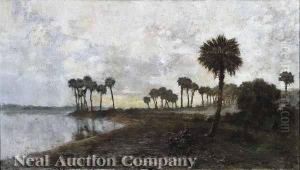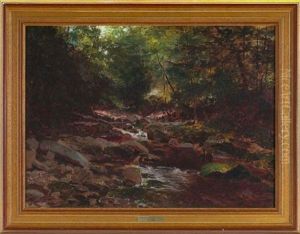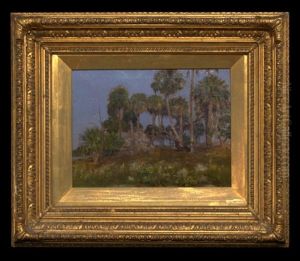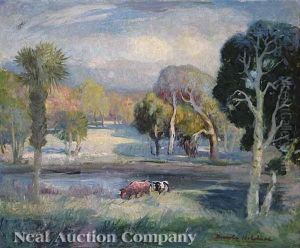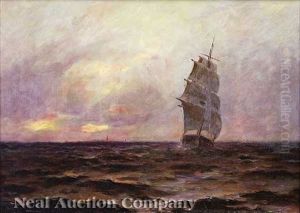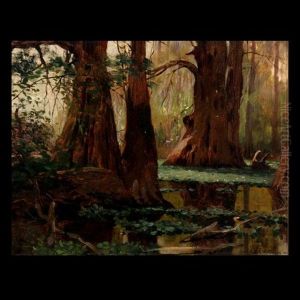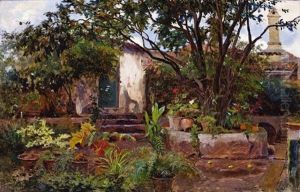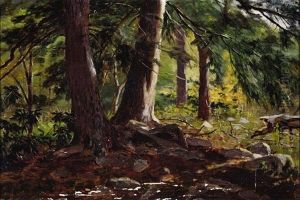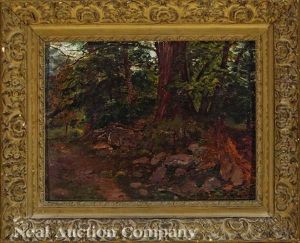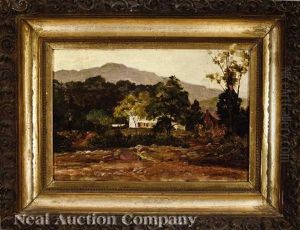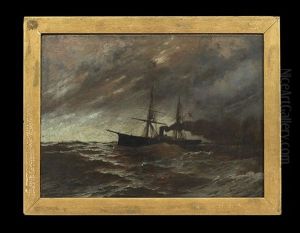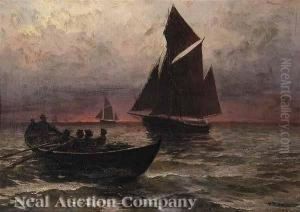Bror Anders Wikstrom Paintings
Bror Anders Wikstrom was a Swedish-American artist known for his work as a painter and illustrator, particularly during the late 19th and early 20th centuries. Born on May 4, 1854, in Sweden, Wikstrom received his initial art education in his home country before emigrating to the United States in 1883. He settled in New Orleans, Louisiana, which at that time was a vibrant hub for art and culture, and where he would become an influential figure in the local art scene.
Wikstrom's work is often remembered for its association with the New Orleans Mardi Gras celebrations. He became deeply involved in the design and construction of parade floats and other festive decorations. His contributions helped shape the visual spectacle of Mardi Gras, and his innovative designs played a significant role in evolving the event into the elaborate parade that is known today. Wikstrom's creativity and bold use of color and form made him a natural fit for the flamboyant and theatrical nature of Mardi Gras.
In addition to his work for Mardi Gras, Bror Anders Wikstrom was also a talented marine painter, drawing inspiration from the rich maritime history and the bustling port life of New Orleans. His paintings often depicted ships and harbor scenes, capturing the dynamic interplay of water and light. Wikstrom's illustrations and other graphic works appeared in various publications, further cementing his reputation as a versatile artist.
Despite his success, Wikstrom's life and career were cut short when he passed away on December 29, 1909, in New Orleans. Today, his legacy lives on, particularly in the context of New Orleans' cultural heritage, where his contributions to the artistry of Mardi Gras continue to be celebrated. Wikstrom's work is a testament to the cultural exchange between his native Sweden and his adopted American home, blending European artistic traditions with the unique character of New Orleans.
